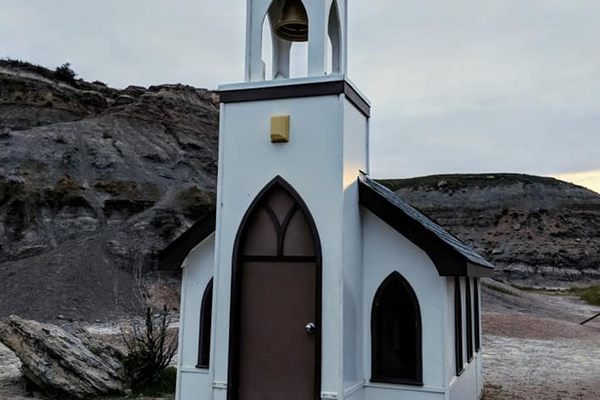About
The Alhambra, a 14th-century palace and fortress in the hills of Granada, is a must-see during any visit to Southern Spain. But as you pass by the towering watchtowers, soldiers' quarters, and incredible gardens, it's easy to overlook an important architectural detail: Many walls were built (or rebuilt) using Muslim gravestones.
On January 2, 1492, Muhammad XII of Granada surrendered the Emirate of Granada, the city of Granada, and the Alhambra to the Catholic Monarchs, Queen Isabella I and King Ferdinand II of Spain. The event marked the end of more than seven centuries of Muslim rule over the Iberian Peninsula and the policy of convivencia, which allowed Muslims, Catholics, and Jews to freely practice their religions.
The new monarchy hoped to religiously unify the country. Immediately after the surrender, Jews were forced to convert to Christianity or be subject to expulsion or slavery. At first, Muslims were protected from forced conversion by the Treaty of Granada, which was signed by both parties just a few months before the surrender.
Even still, the Catholic Monarchs violated the treaty, slowly forcing Muslims to convert in subsequent years and eventually sparking a rebellion in 1499. It was quelled in 1501, when the monarchy officially required forced conversion in the region and seized mosques and Muslim cemeteries for the Spanish kingdom.
Despite this religious militancy, the Catholic Monarchs sought to occupy the Alhambra, adapting instead of destroying it. They removed many (but not all) statues, coats of arms, and other direct representations of Islam, replacing them with symbols of Christianity and the new regime. Queen Isabella and King Ferdinand, as well as subsequent Spanish royals, added new palaces, gardens, and military infrastructure within the walls.
Today, the Alhambra serves as a living history lesson, boasting an incredible mix of Christian, Muslim, and Jewish architectural and cultural influences. As you walk through the fortress-palace, you'll notice decayed walls damaged by earthquakes, Napoleon's attacks on Spain, and the passage of time.
If you look a bit closer at some of these decaying walls, you'll see bricks a bit whiter in color than the others with various Arabic writing and Islamic art. In most cases, these are not bricks but rather repurposed gravestones from the cemeteries seized by the monarchy after the Muslim rebellion was defeated in 1501.
Related Tags
Know Before You Go
There are various locations throughout the Alhambra where Spanish architects repurposed Muslim gravestones and buildings. Many can be found near the Wine Gate.
Community Contributors
Added By
Published
July 18, 2019
Sources
- https://www.granadahoy.com/granada/Lapidas-levantanedificios_0_719928572.html
- https://en.wikipedia.org/wiki/Alhambra
- https://en.wikipedia.org/wiki/Granada_War
- https://en.wikipedia.org/wiki/Reconquista
- https://en.wikipedia.org/wiki/Catholic_Monarchs
- https://es.wikipedia.org/wiki/Rebeli%C3%B3n_de_las_Alpujarras_(1499-1501)
- https://en.wikipedia.org/wiki/Treaty_of_Granada_(1491)


































